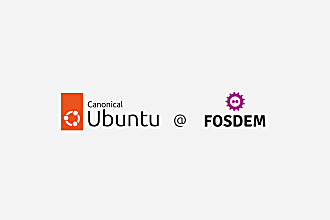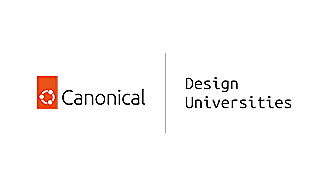Alejandra Obregon
on 26 May 2010
The new Ubuntu and Canonical sites went live today! We hope you like them. As well as the visual refresh to include the new brand, the objective was to bring the sites up-to-date and provide a framework for them to evolve. This is the first step in the life of the new sites… we have many grand plans and we hope you will help us execute them!
We conducted several rounds of user testing as part of the redesign. We tested with potential Ubuntu users, existing users and community members. We also tested with system administrators and business users. I will post more about our methodology soon but here are some of the key findings that came out of the research and the ways in which we have tried to address them on the sites.
Users wanted to see more of the desktop so there are lots of screen-shots of Lucid in all it’s glory! Users were amazed that an operating system which looked like this and allowed them to do everything they wanted to do was available for them to download for free. This sometimes created a barrier: “What’s the catch?” We have tried to address this by surfacing this question at key moments in the journey and explaining the concept of open-source software and the role of Canonical.
Other barriers to adoption included software. Users asked: “can I still do what I currently do on my computer?” On the features page we showcase the software that is included for each key task and also supported software such as Skype. We also introduce the Ubuntu Software Centre and feature sample applications.
For the download part of the journey, we wanted to make users options clear, including the wubi installer. The burning of the CD emerged as an issue during our tests: users were used to downloading applications -not operating systems – and running them without needing to do anything else. To overcome this we have explained this step in detail and provided instructions and step-by-step screen-shots on how to burn the CD or create a USB drive on the different operating systems. We have also done this for the trial and install parts of the process – to offer users visibility of how simple it is and what they will see along the way – rather than sending them into the unknown!
In terms of the information architecture a key goal was to disentangle the sites and make the relationship between Ubuntu and Canonical clearer. Everything about the project, Ubuntu products and the community remains on Ubuntu. Canonical’s services and company information live on the Canonical website but are featured contextually on the Ubuntu site to surface how the model works and provide users with the relevant options at the right point in their journey – without transferring them from one site to another unnecessarily.
We’re looking forward to your feedback and the next round of improvements.
The new Ubuntu and Canonical sites went live today! We hope you like them. As well as the visual refresh to include the new brand, the objective was to bring the sites up-to-date and provide a framework for them to evolve. This is the first step in the life of the new sites...we have many grand plans and we hope you will help us execute them! We conducted several rounds of user testing as part of the redesign. We tested with potential Ubuntu users, existing users and community members. We also tested with system administrators and business users. I will post more about our methodology soon but here are some of the key findings that came out of the research and the ways in which we have tried to address them on the sites. Users wanted to see more of the desktop so there are lots of screen-shots of Lucid in all it's glory! Users were amazed that an operating system which looked like this and allowed them to do everything they wanted to do was available for them to download for free. This sometimes created a barrier: "What's the catch?" We have tried to address this by surfacing this question at key moments in the journey and explaining the concept of open-source software and the role of Canonical. Other barriers to adoption included software. Users asked: "can I still do what I currently do on my computer?" On the features page we showcase the software that is included for each key task and also supported software such as Skype. We also introduce the Ubuntu Software Centre and feature sample applications. For the download part of the journey, we wanted to make users options clear, including the wubi installer. The burning of the CD emerged as an issue during our tests: users were used to downloading applications -not operating systems - and running them without needing to do anything else. To overcome this we have explained this step in detail and provided instructions and step-by-step screen-shots on how to burn the CD or create a USB drive on the different operating systems. We have also done this for the trial and install parts of the process - to offer users visibility of how simple it is and what they will see along the way - rather than sending them into the unknown! In terms of the information architecture a key goal was to disentangle the sites and make the relationship between Ubuntu and Canonical clearer. Everything about the project, Ubuntu products and the community remains on Ubuntu. Canonical's services and company information live on the Canonical website but are featured contextually on the Ubuntu site to surface how the model works and provide users with the relevant options at the right point in their journey - without transferring them from one site to another unnecessarily. We're looking forward to your feedback and the next round of improvements.



